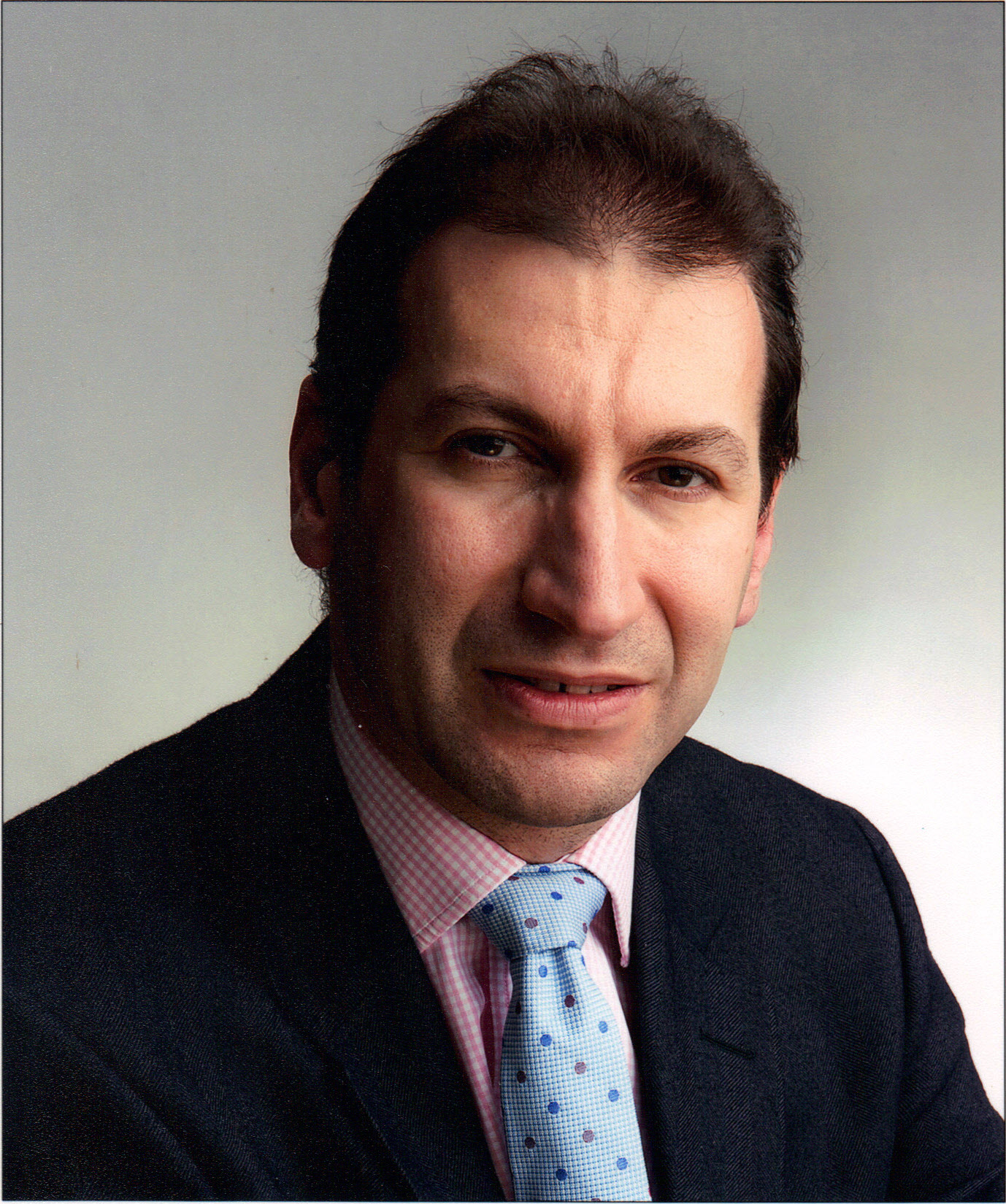Surgery for secondary cancer in the liver
Surgery to remove the affected part or parts of the liver is called a liver resection. Only a small number of people can have surgery for secondary liver cancer.
About surgery for secondary liver cancer
It may be possible to remove the affected part, or parts, of the liver with surgery. This operation is called a liver resection. There are not usually any long-term side effects after a liver resection. This is because the remaining liver can grow bigger and work as it did before. This usually takes about 4 to 6 weeks. You do not need to be in hospital while this happens.
Liver resection is most commonly used to remove liver tumours that have spread from a primary cancer in the bowel. Sometimes liver resection is used for tumours that have spread from other primary cancers.
Liver resection is a major operation that takes 3 to 4 hours. It is done by a specialist liver surgeon (hepatobiliary surgeon).
Liver resection may not be possible if:
- the cancer has also spread to other parts of your body
- your general health means you may not cope with a major operation
- lots of tumours are spread across both lobes of the liver
- the rest of the liver is not healthy.
Having chemotherapy before surgery
You may have chemotherapy before surgery. This is to shrink the tumour, or tumours, and make surgery safer and more successful. You usually have the operation 4 to 6 weeks after chemotherapy. This gives your liver time to recover from the effects of chemotherapy.
Having chemotherapy after surgery
You may have chemotherapy after surgery. This is to reduce the risk of the cancer coming back. You usually have this treatment about 4 to 6 weeks after surgery. This gives your liver time to recover from the operation.
Talk to your cancer doctor about whether surgery may be helpful for you.
Liver transplant
In very rare circumstances, doctors might consider a liver transplant. This is an operation to remove the liver and replace it with a healthy one from a donor. There are extremely strict guidelines for this type of complex surgery in secondary liver cancer. So it is very rarely suitable or possible.
Getting support
We understand that having treatment can be a difficult time for people. We are here to support you. If you would like to talk, you can:
- Call the Macmillan Support Line for free on 0808 808 00 00.
- Chat to our specialists online.
- Visit our secondary liver cancer forum to talk with people who have been affected by secondary liver cancer, share your experience, and ask your questions.
Staged liver resection
This is when the liver is removed (resected) in 2 stages. In the first operation, part of the liver is removed. After a week or more, you have a second operation to remove more of the liver. This gives the liver some time to grow before the second operation.
Keyhole (laparoscopic) surgery
In some situations, people have a liver resection using keyhole (laparoscopic) surgery.
The surgeon uses a laparoscope to see inside your tummy area (abdomen). This is a thin tube with a tiny camera at the end. It sends pictures to a video screen. The surgeon puts the laparoscope into the tummy through a small cut in the skin.
Laparoscopy
During this operation, the surgeon makes several small cuts (incisions) instead of one big cut. They usually need to make about 3 small cuts (5mm long) and 2 or 3 bigger cuts (12mm long) in your tummy. They sometimes remove part of the liver through a cut in the lower part of the tummy.
The main advantage of this type of surgery is that it leaves much smaller wounds. This means you have less pain after the operation and a faster recovery.
Portal vein embolisation (PVE)
Some people might have a treatment called portal vein embolisation (PVE) a few weeks before a liver resection. PVE redirects the blood flow to the healthy part the liver and encourages it to grow. You might have this when surgery is possible but there may not be enough remaining liver left afterwards to work properly.
We have more information about PVE.
Before your operation
If you smoke, try to stop smoking before your operation. This will help reduce your risk of problems, such as a chest infection. It will also help your wound heal after the operation. Your GP can give you more advice.
You will have tests to make sure you are well enough to cope with the operation. You usually have these a few days before your operation, at a pre-assessment clinic. They include tests on your heart and lungs.
At a clinic or when you are admitted to hospital, you will meet a member of the surgical team and a specialist nurse. They will talk to you about the operation. You may also meet the doctor who gives you the anaesthetic. They are called an anaesthetist.
Tell the surgical team if you have any questions or concerns about the operation. If you think you might need help when you go home, tell the nurses as soon as possible. This will give hospital staff time to help you make plans.
You will usually be admitted to hospital on the morning of your operation. You will be given special compression stockings (TED stockings) to wear during and after the operation. This is to prevent blood clots forming in your legs.
Enhanced recovery programmes (ERP)
Some hospitals have an enhanced recovery programme for certain types of surgery. Enhanced recovery programmes aim to reduce the time you spend in hospital and help you to recover as quickly as possible.
For example, you may be given a diet plan to follow and exercises to do before surgery. You may be given supplement drinks to take too.
This is to make sure you are as healthy as possible. It is sometimes called prehabilitation.
After surgery, the nurses will get you out of bed and encourage you to start drinking and eating as soon as possible. Research has shown that this can help improve your recovery time.
Booklets and resources
After your operation
After a liver resection, you will be in intensive care or a high-dependency unit for about 24 hours. This is normal after major operations.
There is a risk the liver may bleed after surgery. The doctors and nurses will monitor you carefully for bleeding. Your nurse will check your pulse and your blood pressure regularly.
Moving around
The nurses will encourage you to start moving around as soon as possible. They will usually help you get out of bed the day after your operation or sooner.
While you are in bed, it is important to move your legs regularly and do deep-breathing exercises. This helps prevent chest infections and blood clots. Your physiotherapist or nurse will show you how to do the exercises.
Drips and drains
For a short time after the operation, you may have some of the following:
- A drip going into a vein in your arm or neck. This is called an intravenous infusion. It gives you fluids until you can eat and drink again. It can also give you painkillers and other medications.
- 1 or more drainage tubes coming from your wound if you have had open surgery. These drain away fluids, such as blood. They are removed when the fluid has reduced.
- A fine tube that passes down your nose and into your stomach or small intestine. This is called a nasogastric tube. It drains fluids from your stomach so that you do not feel sick. You may need it for several days.
- A small, flexible tube in your bladder. This is called a catheter. It drains urine (pee) into a bag. This means you do not have to get up to pass urine. You usually only have a catheter for a couple of days.
Pain
There are effective ways to prevent and control pain after surgery. For the first few days, you are usually given painkillers through a pump. This gives you a constant dose of the painkillers.
You may have painkillers in the following ways:
- through a thin tube in your back (epidural)
- into a vein
- into the muscle close to your wound.
You may have a button you can press to give yourself an extra dose of painkillers if needed. This is called patient-controlled analgesia (PCA). It is set so that you cannot have too much painkiller.
When you no longer need painkillers through a pump, you can take them as tablets. Tell your nurses and doctors if you have pain. They can give you the dose of painkillers that is right for you.
We have more information about managing pain.
Your wound
For the first few days after surgery, you may have a dressing over your wound or wounds. The nurses will check your wound regularly to make sure it is healing well. You usually have stitches that dissolve. If not, a nurse may need to remove your stitches or staples after 10 days. They can do this in your own home or at your GP surgery.
Always tell your doctor if your wound becomes hot or painful, or starts to leak fluid. These are possible signs of infection. If this happens after you go home, contact the hospital straight away.
Related pages
Going home
Most people can go home from hospital:
- 2 to 3 days after keyhole surgery for a smaller liver resection
- 4 to 5 days after keyhole surgery for a bigger liver resection
- 5 to 7 days after open surgery, where you have one large wound.
Some people might be able to go home earlier. Recovery is different for everyone. Your doctor will talk to you about when you will be able to go home.
You will need painkillers for a few weeks after surgery. It may take up to 3 months after a resection before you start getting back to normal.
There are things you can do to help your recovery after surgery:
-
Avoid heavy lifting
For at least 8 weeks, you need to avoid lifting heavy loads, such as shopping or laundry. You will also need to avoid activities such as vacuuming and gardening. This is to give your wound time to heal. Your specialist will tell you when you should be able to drive again.
-
Get enough rest and eat well
Make sure you get enough rest and eat well. This will help your recovery. We have more information about lifestyle and wellbeing after treatment.
-
Do not drink alcohol
Your liver specialist will advise you not to drink alcohol for a period of time. How long this is depends on your individual situation. This is to protect the liver while it is growing to replace the tissue that was removed.
-
Do some gentle exercise
Gentle exercise, such as regular short walks, will help give you more energy. You can gradually do more as you recover.
Some people take longer than others to recover. It depends on your situation, so do not put pressure on yourself.
You will have a check-up at the outpatient clinic. Your doctor will ask you about your recovery and talk to you about the results of your operation. This is a good time for you to tell them about any problems you have had. Remember that if you are unwell or worried about anything, you can contact your doctor or nurse before your appointment.
About our information
This information has been written, revised and edited by Macmillan Cancer Support’s Cancer Information Development team. It has been reviewed by expert medical and health professionals and people living with cancer.
-
References
Below is a sample of the sources used in our secondary liver cancer information. If you would like more information about the sources we use, please contact us at informationproductionteam@macmillan.org.uk
Cervantes A, Adam R, Rosello S, et al; Metastatic colorectal cancer: ESMO Clinical Practice Guideline for diagnosis, treatment and follow-up. Ann Oncol. 2023 Jan;34(1):10-32. doi: https://doi.org/10.1016/j.annonc.2022.10.003. Epub 2022 Oct 25. [accessed March 2023]
National Institute for Health and Care Excellence (NICE). Metastatic malignant disease of unknown primary origin in adults: diagnosis and management. Clinical guideline [CG104]. Updated 26 April 2023. Available from: www.nice.org.uk/guidance/cg104 [accessed April 2023].
Stewart CL, Warner S, Ito K, Raoof M, Wu GX, Kessler J, et al. Cytoreduction for colorectal metastases: liver, lung, peritoneum, lymph nodes, bone, brain. When does it palliate, prolong survival, and potentially cure? Current Problems in Surgery. 2018;55(9): 330-379. Available from: www.doi.org/10.1067/j.cpsurg.2018.08.004 [accessed March 2023].
Date reviewed

Our cancer information meets the PIF TICK quality mark.
This means it is easy to use, up-to-date and based on the latest evidence. Learn more about how we produce our information.
The language we use
We want everyone affected by cancer to feel our information is written for them.
We want our information to be as clear as possible. To do this, we try to:
- use plain English
- explain medical words
- use short sentences
- use illustrations to explain text
- structure the information clearly
- make sure important points are clear.
We use gender-inclusive language and talk to our readers as ‘you’ so that everyone feels included. Where clinically necessary we use the terms ‘men’ and ‘women’ or ‘male’ and ‘female’. For example, we do so when talking about parts of the body or mentioning statistics or research about who is affected.
You can read more about how we produce our information here.






